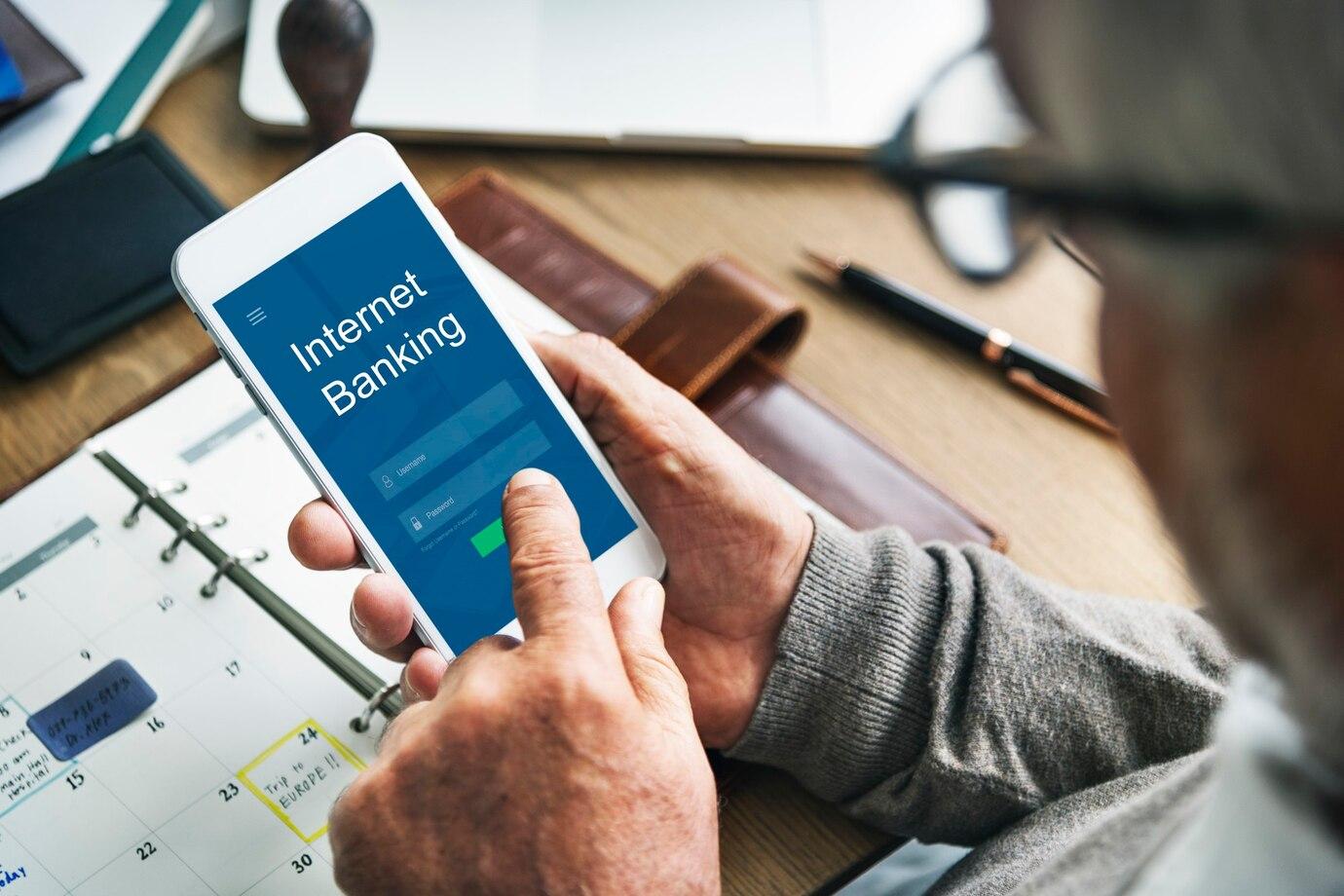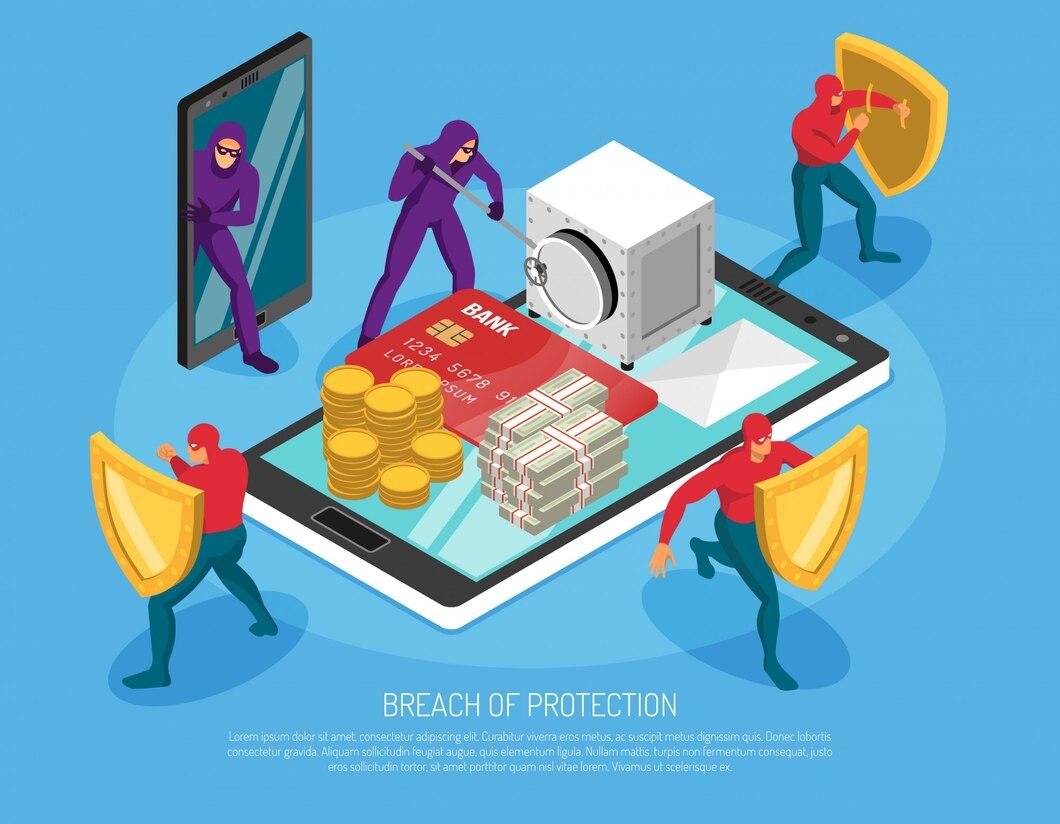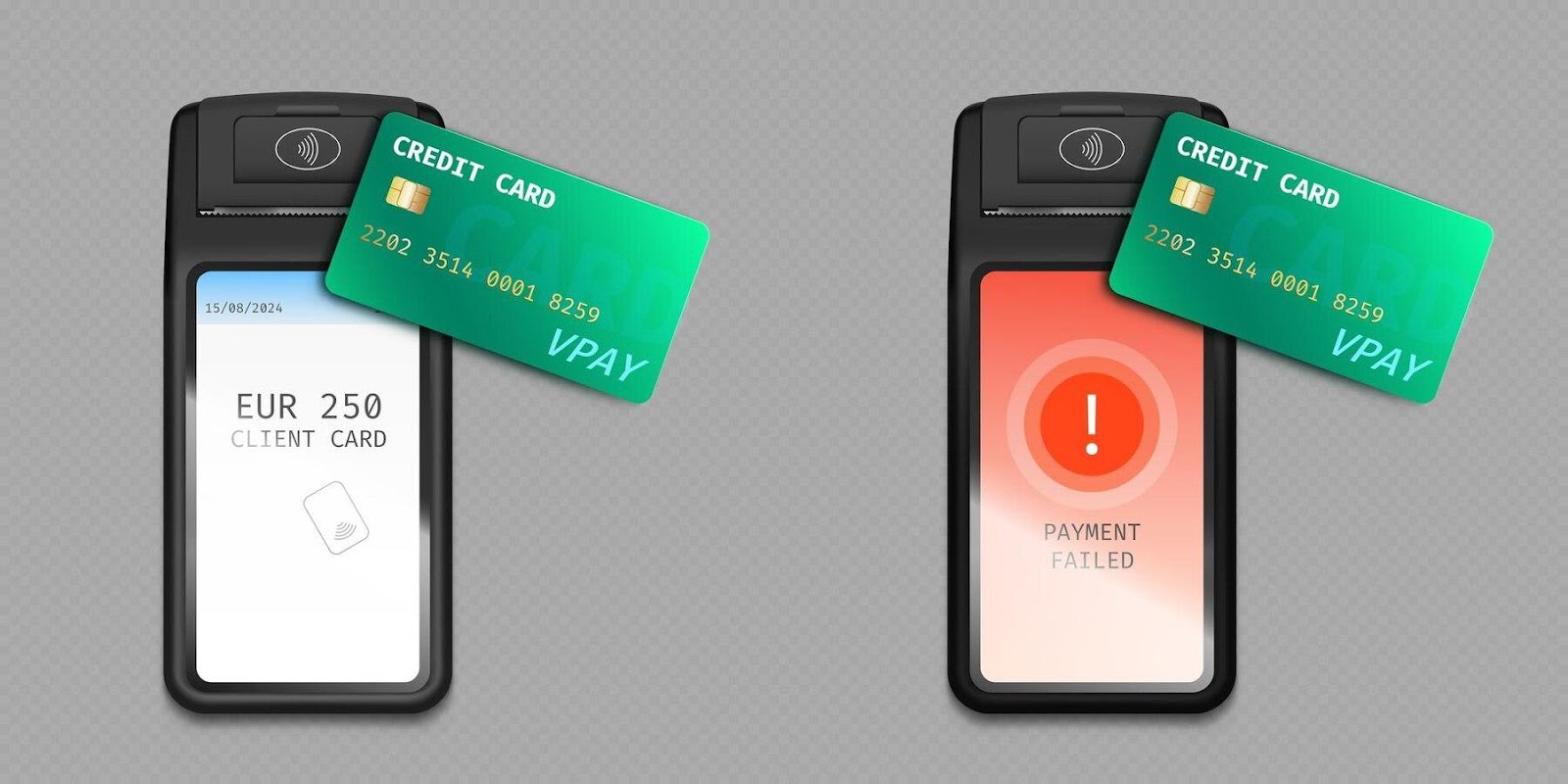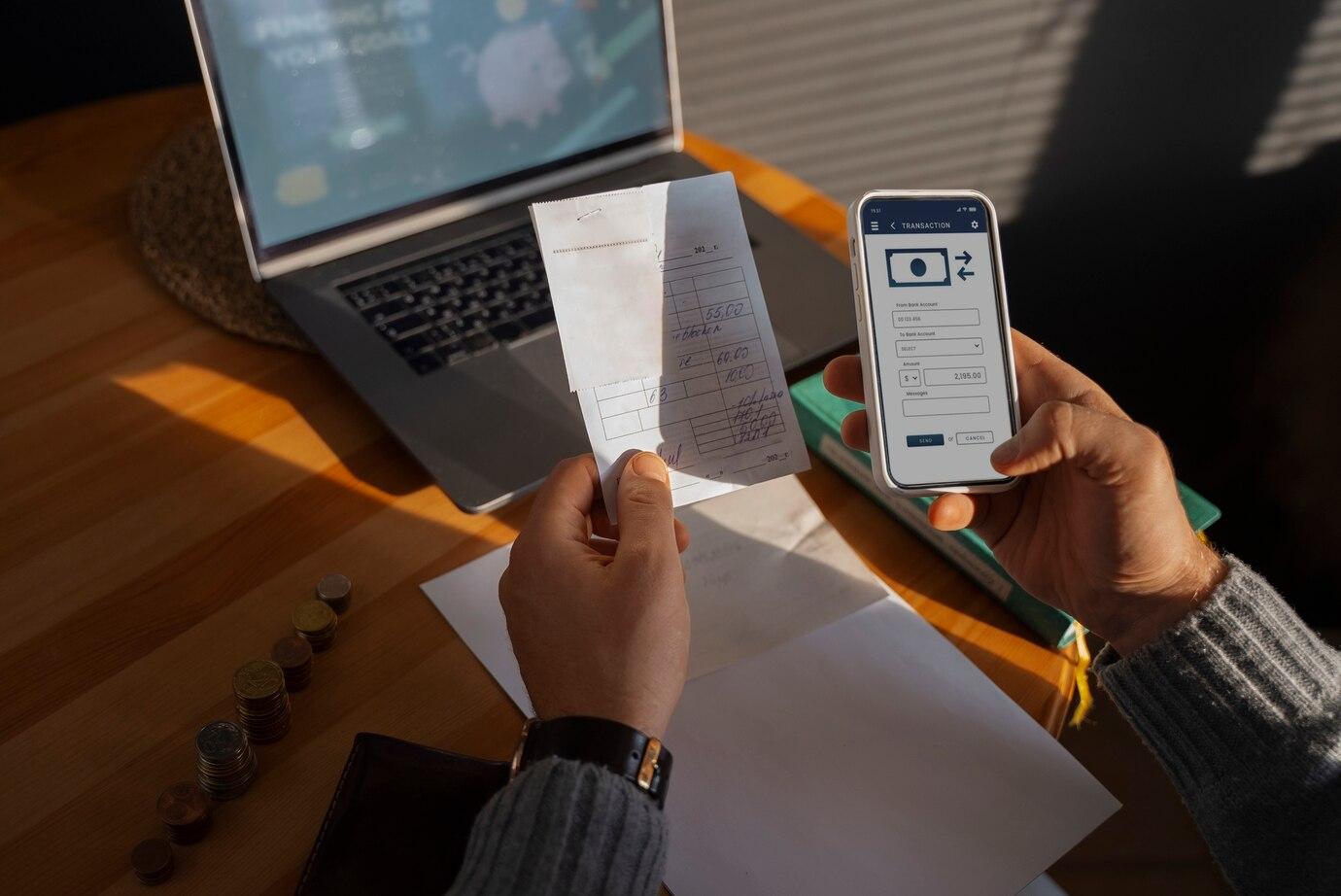In the modern world, bank SMS and call fraud has become one of the most common forms of deception. Every day, millions of people receive fake messages and calls from supposed bank representatives, leading to the loss of money and personal data.
Bank Call Fraud
Fraudulent calls from the bank's «security service» are one of the most cunning deception schemes. Scammers often present themselves as bank employees, using information about real clients, making their calls more convincing.
The first stage of this scheme involves obtaining client data. Scammers may exploit data leaks, advertising databases, and use social networks to gather information. Knowing your full name, address, and phone number, they may call pretending to be a bank employee. Most often, calls are made to numbers registered with major banks, adding credibility to their words.
During a conversation with a «bank employee», scammers may report suspicious transactions on your card. As a result, when the victim starts worrying, the scammer offers «help» to «protect» their funds.
Fake SMS from the Bank
With the advancement of technology, scammers have begun actively using SMS notifications as a means of deception. Such messages may look credible and contain a bank logo to gain the client's trust.
There are different forms of fake SMS. For example, an SMS notification about card blocking. Scammers may write: «Your card is blocked. To unblock, call this number».
Scammers may also use the method of sending so-called «phishing» messages containing a link to a fake website. On such a site, the client is asked to enter card details, which can lead to money theft.

Payment Confirmation Scam
Special attention should be paid to the payment confirmation scam. This method has become especially popular among scammers trying to gain access to clients' funds. The scheme works as follows: the victim receives an SMS notification that they have made a purchase (often online), and to confirm the transaction, a special code must be entered.
As soon as the victim sends the code, the scammer gains access to the account and can immediately withdraw money. It is important to note that no bank will ever ask a client for such a code, and if you encounter such a situation, you should immediately stop communication and report to the bank.
These schemes are becoming more sophisticated. Scammers can spoof official service identifiers (IDs) and even use automated systems for voice calls.

Fake Bank Security Services
Faking bank security services is a particular form of fraud where scammers create entire companies with fake information about banking services and departments. These companies may look quite legitimate, with properly constructed websites, contact numbers, and even addresses.
Scammers often post fake ads offering «interest-free loans», «silent cards», and other enticing offers that turn out to be scams. The presence of dazzling advertisements on social networks and various forums complements the picture of legitimacy.
After engaging with such an offer, the client may be asked to fill out a questionnaire requiring personal data. They may also receive «convincing» calls from «employees» who satisfy their requests, but this company is simply collecting information for data and money theft.
How to Distinguish Scammers from a Real Bank
There are several key signs that can help you distinguish scammers from a real bank. The main thing is the level of suspicion that should arise every time you receive an unexpected message or call.
First of all, remember that banks never ask clients to disclose passwords, PIN codes, or confirmation codes. Also, pay attention to the number from which you receive calls or SMS. If you spend a couple of minutes searching for information about the calling number, it can help identify the scammer.
The second important aspect is the grammar and spelling in messages. Official companies strictly monitor the quality of their messages, and any deviations from this may indicate fraud. Be wary of any «gifts» or «promotions» that require immediate action and entering personal information.

Phone Card Fraud
Phone fraud has become so widespread that many people consider it a part of everyday life. Scammers use hundreds of different deception methods, all of which require the victim to take immediate confident actions to complete the fraudulent scheme.
The strategy that scammers follow involves creating unexpected and potentially threatening situations to induce panic in the client. A person may receive a call stating that their card has been blocked or suspicious transactions have been detected.
Confirmation Code Scams
One of the most common fraud schemes is the use of confirmation codes. This can be implemented through calls or SMS, indicating the need to provide a code to complete a transaction or block a card. Unaware of how this works, victims often lose control over their money.
The essence of such scams is that scammers act quickly and cleverly. After receiving the code, they gain access to the account and can immediately withdraw funds or change account settings. Since many people do not realize the danger of sharing data, such schemes are becoming more recognizable.

Bank Client Fraud
Fraud of bank clients has become not only a daily reality but also a real problem for society. People, trusting their banks, often fall victim to deception, entering their data or responding to fraudulent offers. Unfortunately, many bank clients realize the threat only after they become victims.
Fraud of bank clients can take various forms, from simple fraudulent schemes to quite complex organizations. Clients' wrong expectations about the safety of their funds often become a catalyst for scammers. They may be confident that their data is protected, which opens opportunities for attackers.

Fraud with fake bank SMS and calls from the «security service» is a serious threat that cannot be ignored. Fraud methods are becoming more sophisticated, and each new message or call may conceal fraudulent activity. It is important to be extremely attentive and take all possible measures to protect your data and funds, such as education, verifying information, and vigilance.


